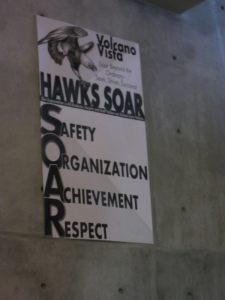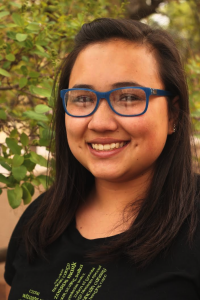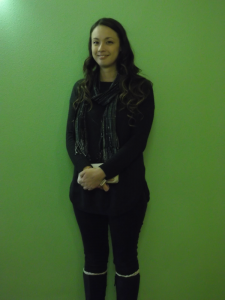While a recent WalletHub study showed that New Mexico has the second-worst school system in America it also revealed that New Mexico schools excel in a very important area — the prevention of bullying.
Analyst Jill Gonzalez revealed that New Mexico has the 9th lowest bullying rate with just 18 percent of students reporting being bullied on school property and 14 percent reporting cyberbullying.

“The data for the Bullying Incidence Rate metrics was collected from the Centers for Disease Control and Prevention,” Gonzalez said. “For this metric, the District (of Columbia) ranked best, at 12.08% percent of high school students bullied on school property and 7.86% of high school students bullied online, and Idaho ranked worst, at 26.02% percent of high school students bullied on school property and 21.08% of high school students bullied online.”
The study was conducted by WalletHub’s research team for the 2017 year.
“The states were analyzed across two key dimensions: “Quality” and “Safety.” These were further broken down into 21 relevant metrics, as seen in the methodology with their corresponding weights — the Bullying Incidence Rate metric, for instance, was awarded double weight, or 8 points,” she said.
The data for the study focused on high school students. In New Mexico, many high schools are curbing student-on-student bullying through the use of programs that promote safe spaces and positive learning environments.

Student Mikel Sakamoto helps contribute to the positive atmosphere at her school, Albuquerque High, by helping to create safe spaces for students as a member of the Gay Straight Alliance (GSA).
“It’s mostly just having a community of people you can talk to,” Sakamoto said, “Not that they’re necessarily like you, but that they understand what you’re going through if you’re going through anything. Having people to talk to, really, about gender identity and sexuality.”
GSA has been a part of Albuquerque High longer than Sakamoto has attended, she said, adding that she found out about GSA through her science teacher.
Sakamoto says she has not experienced bullying herself since she was a young child. She says a key to avoiding it is having empathy.
“One of the things my mom always taught me to do was to think about where the bully is coming from,” Sakamoto said. “Not necessarily that it’s okay—but just thinking about maybe their situation and being able to be sympathetic. Not necessarily take the bullying, definitely stand up for yourself. But also in a way that doesn’t necessarily hurt them. Thinking about their home life and how that’s affecting them and if they’ve been bullied and that’s why they’re bullying others.”

Albuquerque Public School programs don’t just try to create positive environments but also strive to ensure all students belong. One such program is Best Buddies. Volcano Vista’s teacher Andrea Prangley began sponsoring Best Buddies at Volcano Vista High School seven years ago.

“The goal was to create an inclusive environment for students of all abilities,” Prangley said. “It was to provide students with disabilities an opportunity to create long lasting friendships with “typically developing” students.”
Currently, the club has transformed into Unified Hawks, she said. While the program is similar to Best Buddies, it now incorporates sports. In addition to the lunches the students have together, students are able to participate in competitive sports, including flag football, basketball, and kickball.
“I would really like to see many more students involved in the program,” Prangley said. “Often times, students are intimidated and unsure of how to interact with students with disabilities. As a result, there is a hesitation in joining the club. However, once students participate in the meetings and games, they are very involved, enthusiastic, and committed.”
Students are always very excited about the program, even if at times students feel overwhelmed by the amount of commitment because they are often involved in other clubs and activities that are time consuming, Prangley said.
“We’ve tried to develop the program to be relaxed and welcoming so that students are more interested in being involved,” she said.
For more follow Nichole and Courtney on Twitter.